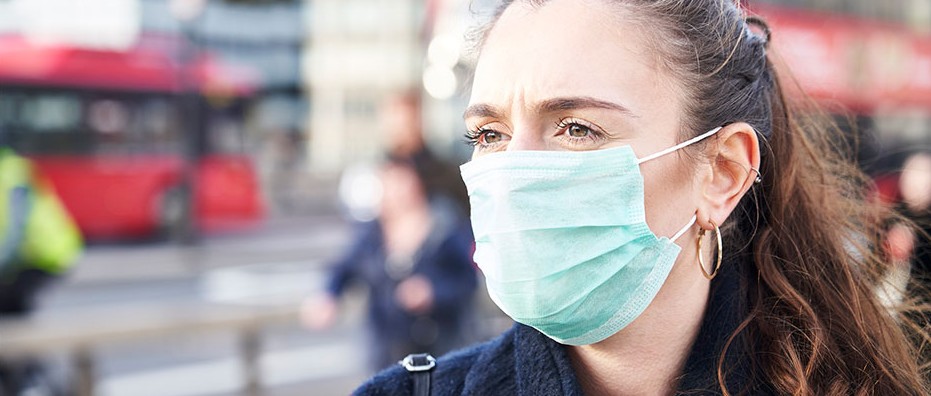How to breathe better with a face mask
Along with social distancing and regular hand washing, wearing a face mask is a critical component in reducing the spread of COVID-19. Masks may make it feel like it is more difficult to breathe. Some people worry it might lead to hypercapnia where there is too much carbon dioxide (CO2) in the bloodstream.
Follow these top tips and you will find wearing your mask will become second nature when out in public spaces and on public transport, where masks are now mandatory.
The following information is useful masks for supporting your lungs and managing the oxygen and carbon dioxide levels.
Exercise raises carbon dioxide, which is why we breathe more when we exercise, but regular exercise can strengthen your lungs and their function. This means the muscles will require less oxygen to move and will produce less carbon dioxide. In time this will reduce the amount of air you will need to breathe in and out for a given exercise.
Exercise is important because it requires more metabolic activity which is optimized by doing things that are aerobic in nature such as running and gym / strength exercise.
To increase awareness of the diaphragm muscle you can practice various breathing techniques to improve your lung capacity.
Count how long your natural breath, in and out, takes. The slowly add one more count to every inhale and exhale. Do this until you can comfortably extend the time it takes to fill and empty your lungs.
Experts say that breath control and breathing techniques will increase your CO2 tolerance, which will increase your ability to wear a mask and will reduce any negative thoughts associated with wearing a face covering.
Improve your posture
Certain postures can hamper your breathing. So, stand strong while lifting the chest and opening the front of your body as you breathe deeply and most importantly, don't hunch over.

Stay hydrated
Staying well hydrated is important for many health reasons including breathing. Drinking water throughout the day helps keep the linings in your lungs moist, which helps the lungs function better.
Be sure to take your reusable bottle with you when you start to go out and about so that you keep hydration levels topped up.
Chilled and filtered water from a water cooler tastes great and encourages you to drink more pure water – around 2 litres a day is recommended, more if you are exercising.




